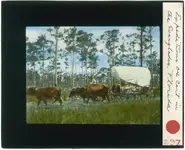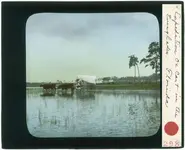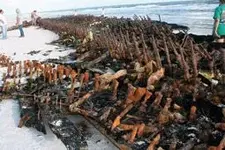Bigcypresshunter
Sapphire Member
- Joined
- Dec 15, 2004
- Messages
- 27,000
- Reaction score
- 3,340
- Golden Thread
- 0
- Location
- South Florida
- Detector(s) used
- 70's Whites TM Amphibian, HH Pulse, Ace 250
- Primary Interest:
- Beach & Shallow Water Hunting
- #541
Thread Owner
Thanks I really appreciate it. I guess we can scratch this one off. I guess there is no mention of gold either.Natural Bridge was the last important Civil War battle fought in Florida.The Confederate forces were made up of wounded soldiers,men as old as 70,and cadets as young as 12 from West Florida Seminary (today's FSU).The battle is considered quite an accomplishment,for the five day battle concluded with the defeat of Union troops by a militia of young boys and old men.
Union loses-21 killed;89 wounded;148 MIA
Confederate losses-3 killed;23 wounded
There is no record of Confederates retreating ,or reason for retreat from this battle.
This appears to be an embellished version to the Everglades gold legend.






